Contents
Guide
Page List
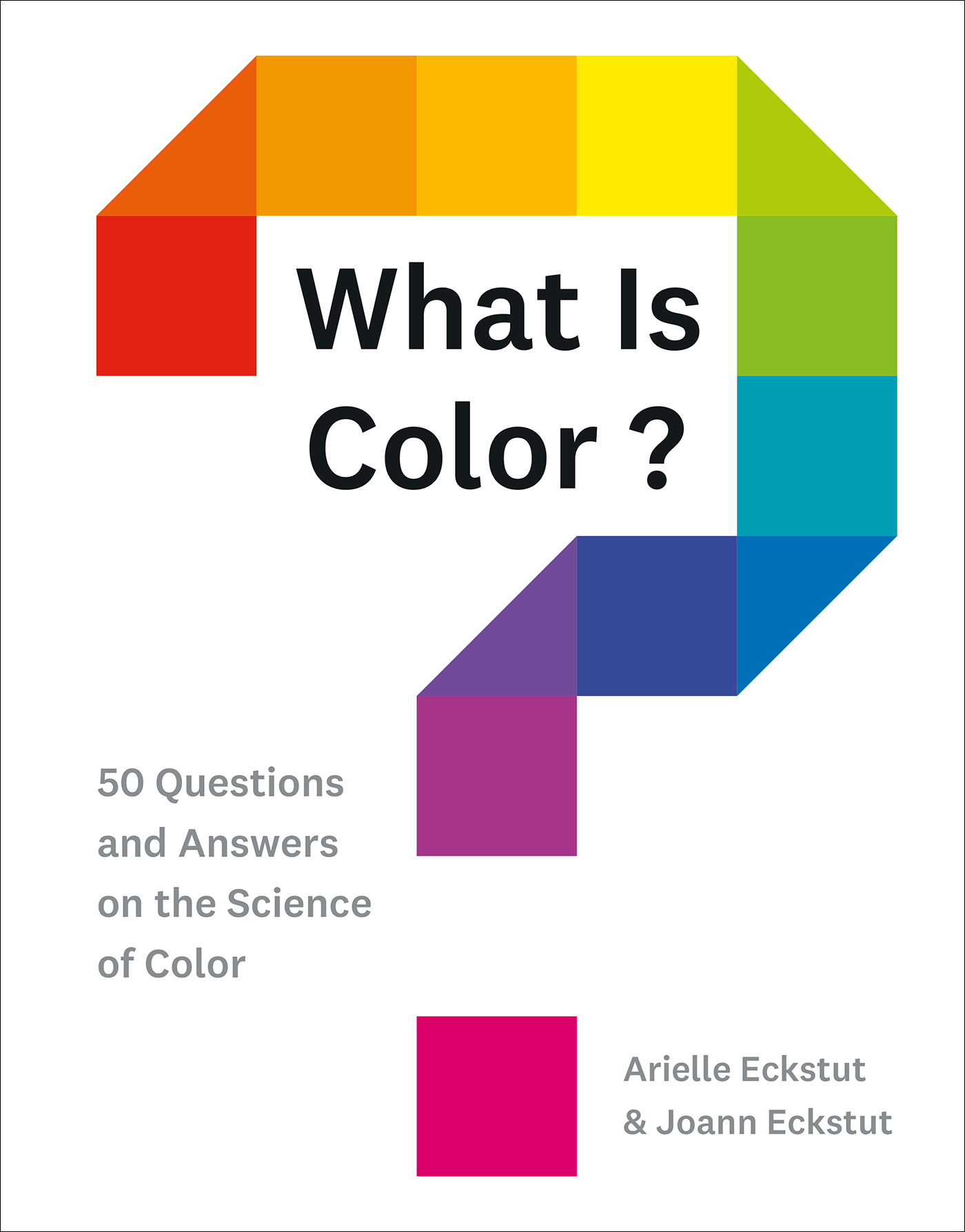

Contents

Color is a pigment of our imagination.
MARK REA

1 | What Is Color?
In the fall, do the leaves on the trees still change color if no one is there to see them? If youre a new student of color, then your answer is probably a resounding OF COURSE! Why would you have to be present for the leaves to change colors if the colors are inherent in the leaves? Heres the astonishing thing: Theyre not. Inherent that is. Colors dont exist until we see them. Theres no such thing as color without the eyes and the brain. The truth is that most other animalsand even some humansdont see red, orange, yellow, and green leaves when they look at fall foliage in a forest, because different brains process visual information differently. This idea that color does not exist outside of our perception is difficult to swallow because it counters what appears to be cold, hard reality.
What then is color, anyway? Heres a concise definition: Color is a neurological phenomenona perception of the outside world that the human brain creates. In order to create this perception, our brains obey the physical laws of the universe, but often in counterintuitive ways. Experiences, collective and individual, play a big role in the colors we see or that we associate with any given object as well. In other words, as you will see on every page of this book, color is very, very complicated.
Human brains have gone to extraordinary lengths to give us color vision. And people have spent millennia trying to contain, categorize, and formulate systems in order to understand this gift. We are often taught that these containers, categorizations, and systems are some form of natural law, but really they are just human inventions meant to impose order on the unorderable. Just as weve invented intervals of time so that we all show up to work when were supposed to, musical notes and scales so that we can compose symphonies, weve also invented the colors of the rainbow in order to measure the infinite.
Even though color vision comes to us effortlessly, it is so complex that neuroscientists who specialize in color vision dont agree on how and why people see color. We know because we interviewed them. Its surprising how much of color vision is still up in the air, how much is being discovered, and how new the science of color vision is. That said, hundreds of years ago, artist/scientists like Leonardo da Vinci asked many of the same questions were still asking today.
Naively, we considered ourselves color experts when we started writing this book. After all, we had already written a book called The Secret Language of Color that took a broad view across nature, culture, and history, although with comparatively little emphasis on the hard science of color. We quickly realized we were more emperors with no clothes than Josephs in technicolor dreamcoats. Our struggle stemmed from the fact that color science touches so many disciplines: physics, chemistry, neuroscience, biology, anthropology, linguistics, history. The list goes on and on, which is why its hard for anyone to call themselves a color expert. The physics of color alone was dizzying even to Einstein.
Sadly, we are not Einstein. We are a mother-daughter team with lots of the same interests but different paths. When we started researching The Secret Language of Color, we were designers and entrepreneurs who had been using color in both of our businesses for decades, but neither of us had studied the science of color. Joann is a former fine artistturnedinterior designer who specializes in color. Arielle is a writer who co-founded a company called LittleMissMatched, which started by selling socks that dont match in packs of threes, but eventually produced everything from bedding to clothing to furnitureall with color leading the way.
When it came to writing this book, our lack of scientific expertise turned out to be a blessing. Because we hadnt spent years steeped in the science of color, we didnt come at the subject with the kind of assumptions about what most people know that experts have. We were determined to explain complex ideas in a way that anyone from any field could pick up and not just understand but enjoy.
What Is Color? is loosely divided into five sections. It will take you from colors origins as light in the physical universe, to our brains ability to sense light and perceive color, to relationships among specific colors (like primaries and complementaries), to showing how color has been codified and categorized for artists and industry, and finally to touch on the experience of color and how that has a profound effect on what humans see. Its a book we wished we had as students and a book wed like to have as a reference on our desks.
Weve designed this book so that you can acquire different levels of knowledge based on how you read it. Each question is broken down into three paragraphs. Okay, a couple have four. Each paragraph gets progressively more detailed. You could read just the first paragraph under each question [  ] and come away with a basic knowledge of color that will put you ahead of the majority of people who use color on a daily basis. Read onto the second paragraph [
] and come away with a basic knowledge of color that will put you ahead of the majority of people who use color on a daily basis. Read onto the second paragraph [  ] and youll get even further ahead. Read all three paragraphs [
] and youll get even further ahead. Read all three paragraphs [  ] and youll come out of this book with a solid understanding of the depth and breadth of the science of color: how we see color, the difference between the color of light and the color of things, how different color systems work, how different properties of color affect how we see color. And much more.
] and youll come out of this book with a solid understanding of the depth and breadth of the science of color: how we see color, the difference between the color of light and the color of things, how different color systems work, how different properties of color affect how we see color. And much more.
When we set out to write What Is Color?, we also knew that many visual learners would read it. Thats why the words are balanced by graphics. Whats funny is that lots of books about color theory are mostly in black and white. We wanted a book in which you could start with the words or the graphics. And we wanted to make sure there was plenty of color to guide the way.
The questions weve chosen and the order that theyre in are by no means definitive. In the process of writing this book, we changed the fifty questions the book answers far more than fifty times. We re-arranged the order of the questions endlessly and would still be reordering them if the book didnt have to go to press. Theres a saying in the business that a book is never done. We can say definitively that this book is and always will be a work-in-progress.
Its easier than you might think to spend a lifetime working with color without understanding much about it. Not too long ago, we were giving a presentation to decorators, interior designers, architects, and paint contractors. The majority of these professionals had been working in their fields for years, if not decades. After our talk, we were chatting with a group of people and a funny, warm guy in a charcoal bespoke suit said, I want to admit something: Despite five years of architecture school and thirty years of my own practice, almost everything you talked about today was new to me. Weve heard similar comments from people in all kinds of disciplinesmarketing professionals, printers, fashion designers, fine artists, lighting designers, art teachers, even scientists who have only approached color from their particular field and vantage point.

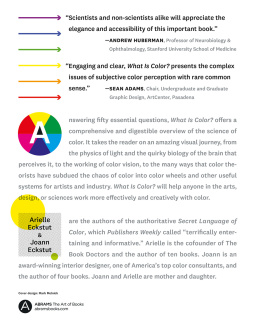

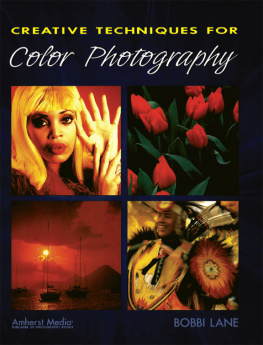

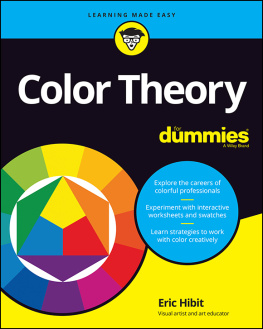
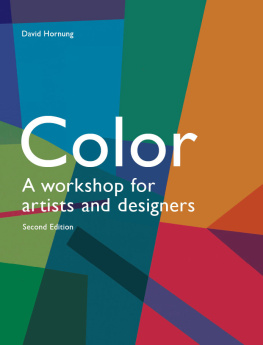
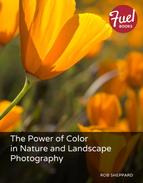
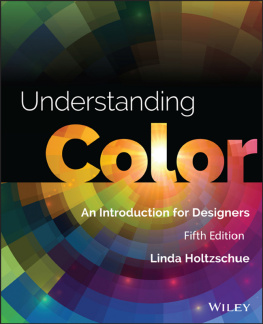
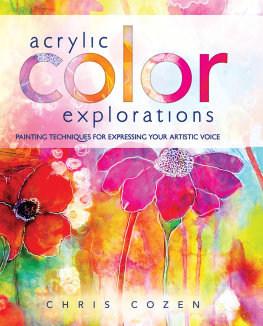






 ] and come away with a basic knowledge of color that will put you ahead of the majority of people who use color on a daily basis. Read onto the second paragraph [
] and come away with a basic knowledge of color that will put you ahead of the majority of people who use color on a daily basis. Read onto the second paragraph [  ] and youll get even further ahead. Read all three paragraphs [
] and youll get even further ahead. Read all three paragraphs [  ] and youll come out of this book with a solid understanding of the depth and breadth of the science of color: how we see color, the difference between the color of light and the color of things, how different color systems work, how different properties of color affect how we see color. And much more.
] and youll come out of this book with a solid understanding of the depth and breadth of the science of color: how we see color, the difference between the color of light and the color of things, how different color systems work, how different properties of color affect how we see color. And much more.